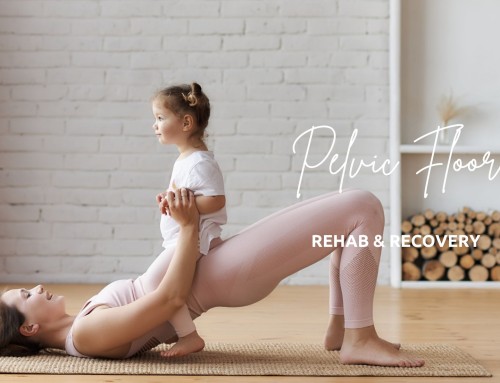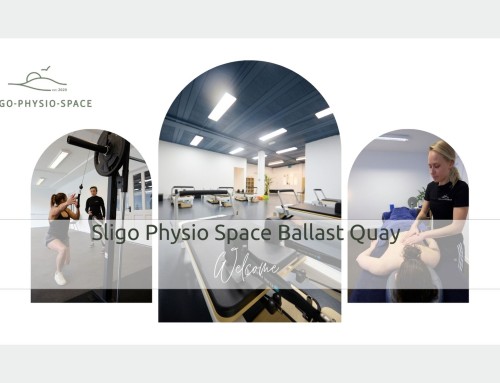Sports Concussion
Concussion
- is one of the most common injuries in sports and recreation activities
- accounts for 15% of all injuries in youth sports
- is a type of brain injury that is caused by a direct blow to the head or a force transmitted to the head
- Concussion may reduce further participation in sport and physical activity, it can adversely affect future health and can lead to post-concussion syndrome.
What happens to the brain with a concussion?
Biology of concussion
- Starts with stretching and damage of cells, ion movement, neurotransmitter release, short-circuiting of networks
- Brain cells have an energy crisis with changes to the brain wiring, blood flow and reduced neurotransmission
- These changes are associated with migraine, confusion, dizziness, risk of repeated traumatic brain injury, cognitive(mental) processing problems
- Normally the biological changes recover and you can then safely return to work/school and play.
- However, some changes may persist- with metabolic changes, damaged neurons/wires, inflammation, waste buildup, altered neurotransmission and this can cause persistent problems
The recent history of Concussion Management
In 2001 the first International Conference on concussion in Sport was held and from here the first consensus statement on concussion in sport was published. This has changed drastically the practice of concussion management in sport.
Concussions are predictable and preventable and prevention should be targeted in 3 ways:
Primary prevention targets healthy individuals and reducing their risk of sustaining a concussion
Secondary Prevention – prevention of recurrence in those who have sustained a previous concussion
Tertiary Prevention- rehabilitation strategies to prevent long-term symptoms associated with concussion
Risk factors for concussion in sport are involvement in collision sport, previous concussion history, competition (versus training), rules of the game, age, sex and level of play.
Reduction of risk of concussion strategies
There is some evidence to support the reduced risk of concussion with the use of protective headgear and mouthguards in collision sports. There is significant evidence to support policy and rule changes in reducing the risk of concussion with up to 90% reduced concussion risk in youth ice hockey with the disallowing of body checks. The limitation of contact practice in youth American football has been shown to reduce the risk by up to 53%.
How is a concussion diagnosed?
- Observation of a direct/indirect hit to the head
- The individual becomes disorientated, confused and unable to respond to simple questions
- A blank or vacant look
- Balance or walking disturbances
- Headache
- Nausea/Vomiting
- Drowsiness
- Tiredness
- Blurred vision
- Irritability
- Difficulty concentrating/remembering
- Sensitivity to light or noise
There is no clinical brain imaging to diagnose concussion or monitor recover so it is vital to know the signs and symptoms of concussion.
The stages of Concussion and Recovery
Concussive event– direct/indirect blow to the head
Acute period – Symptoms and physiological dysfunction
Post-Acute– Full clinical recovery – no symptoms -but persistent physiological dysfunction
Full Recovery– Full clinical recovery and normal physiological function
Detection and Immediate Management of concussion
Removal from play immediately
Assess the athlete for concussion
Rest from cognitive and physical activities for minimum 24-48 hours
Athlete should not be left alone for initial hours
Athlete should not drink alcohol, take prescription or recreational drugs
Athlete should not drive
Modification of school or work activities – e.g limiting time on computer
RE-evaluation from a health care provider and given a guided return to sport activity program
When do I need a medical assessment for concussion?
Neck pain and tenderness
Vision changes
Weakness/tingling/burning in limbs
Increasing headache intensity
Seizure or convulsion
Decreased level of alertness
Complete loss of consciousness
Increasing agitation
When can I return to activity following a concussion?
Most adults are fully recovered in 10-14 days
Most children in 4 weeks
After 48hrs you can start a gradual return to cognitive and physical activity
Below are the recommendations from the 5th International consensus on Concussion Return to School and Sport:
Return to School following concussion for Youth
| Mental Activity | Activity at each step | Goal of each step |
| Daily activities that do not give the child symptoms | Typical activities that the child does during the day as long as they do not increase symptoms (e.g. reading, texting, screen time). Start with 5-15 minutes at a time and gradually build up. | Gradual return to typical activities |
| School Activities | Homework, reading or other cognitive activities outside of the classroom.
|
Increase tolerance to cognitive work.
|
| Return to School part-time | Gradual introduction of school- work. May need to start with a partial school day or with increased breaks during the day. | Increase academic activities.
|
| Return to School full time | Gradually progress school activities until a full day can be tolerated.
|
Return to full academic activities and catch up on missed work
|
Return to Sport
Each step 24hrs
Minimum one week
Medical clearance before return to sport
No one test to measure recovery
Clinical recovery is full return to activity with no symptoms
Graduated Return to Sport Strategy following a concussion
| Exercise Step | Functional Exercise at each step | Goal of each step |
| Symptom- limited activity | Daily activities that do not provoke symptoms. | Gradual reintroduction of work/school activities |
| Light Aerobic exercise | Walking or stationary cycling at slow to medium pace. No resistance training. | Increase Hear Rate |
| Sport Specific Exercise | Running or skating drills. No head impact activities | Add movement |
| Non-contact training | Harder training drills, e.g., passing drills. May start progressive resistance training. | Exercise, co-ordination, and increased thinking |
| Full contact Training | Following medical clear- ance, participate in normal training activities. | Restore confidence and assess functional skills by coaching staff |
| Return to play/sport | Normal game play. |
Return to SPORT following a concussion
Medical Authorisation for return to play should be obtained before resuming an activity at risk of concussion
If you need further advice or help, make sure call to speak to a physiotherapist or book an appointment now!






